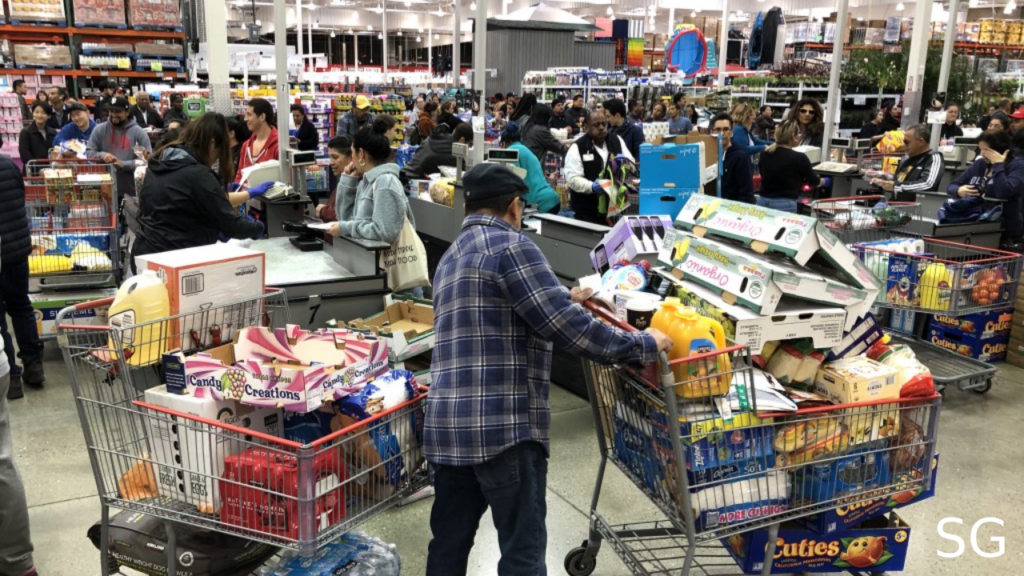Table of Contents

U.S. Retail Sales Rise in December by about 0.4%
Steady Growth in Consumer Spending
U.S. retail sales rise in December by about 0.4%, building on an upwardly revised 0.8% increase in November, according to the Commerce Department. This growth reflects sustained consumer demand, though it fell short of the 0.6% increase projected by economists.
Labor Market Strength Drives Spending
The unemployment rate declined to 4.1% in December, down from 4.2% in November, as nonfarm payrolls surged. Solid wage growth continues to support consumer spending, even as lower-income households face financial challenges.
Consumer Prices and Inflation Trends
While overall consumer prices increased at their fastest pace in nine months during December, underlying inflation showed signs of easing, providing mixed signals for the economy.
Federal Reserve Maintains Cautious Policy
The Federal Reserve is taking a measured approach, forecasting only two interest rate cuts in 2025. The benchmark rate remains at 4.25%-4.50%, following reductions during the ongoing monetary easing cycle.
Core Retail Sales and Economic Indicators
Core retail sales, which exclude categories like automobiles, gasoline, and food services, climbed 0.7% in December, compared to a 0.4% gain in November. This metric closely mirrors consumer spending’s contribution to GDP growth.
Economic Growth Exceeds Expectations
The Atlanta Federal Reserve estimates GDP growth of 2.7% annualized for Q4 2024, following a robust 3.1% growth rate in Q3. This performance surpasses the non-inflationary growth rate of 1.8%, highlighting economic resilience.